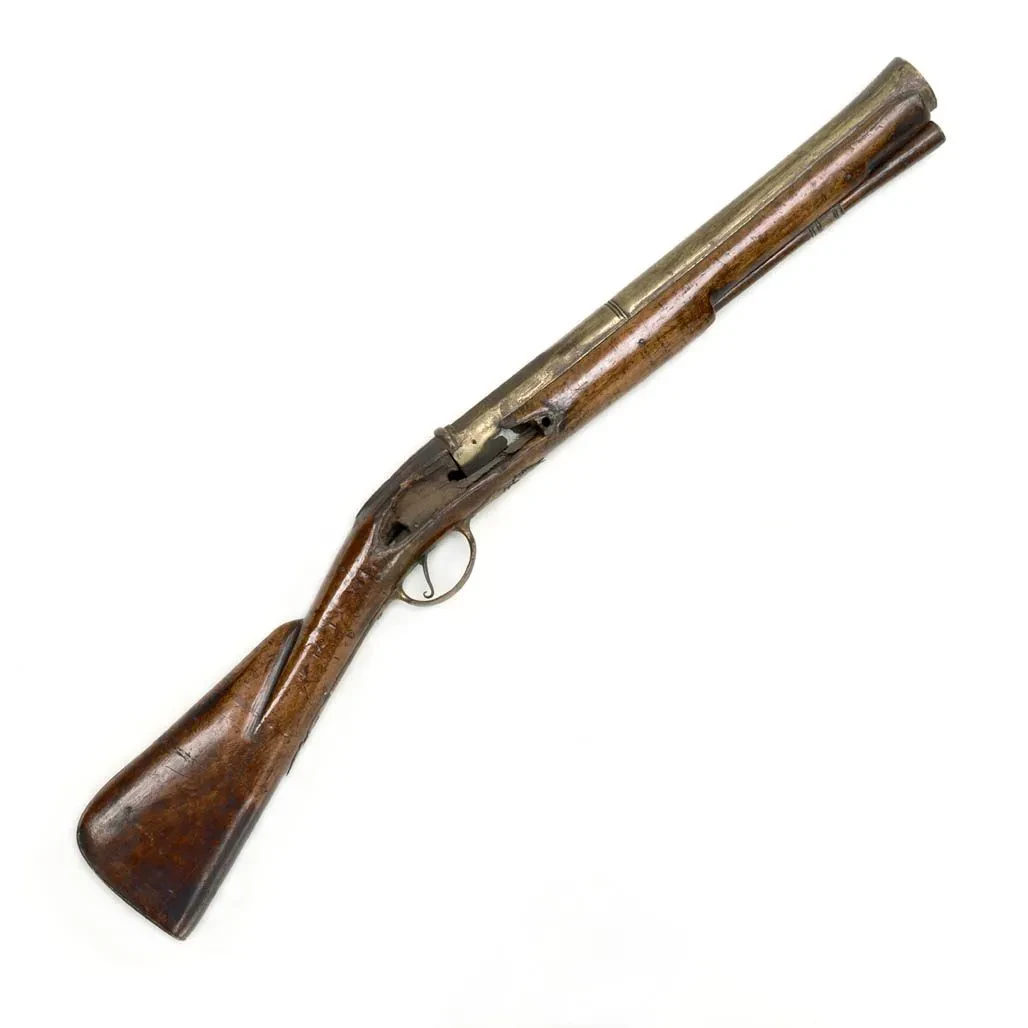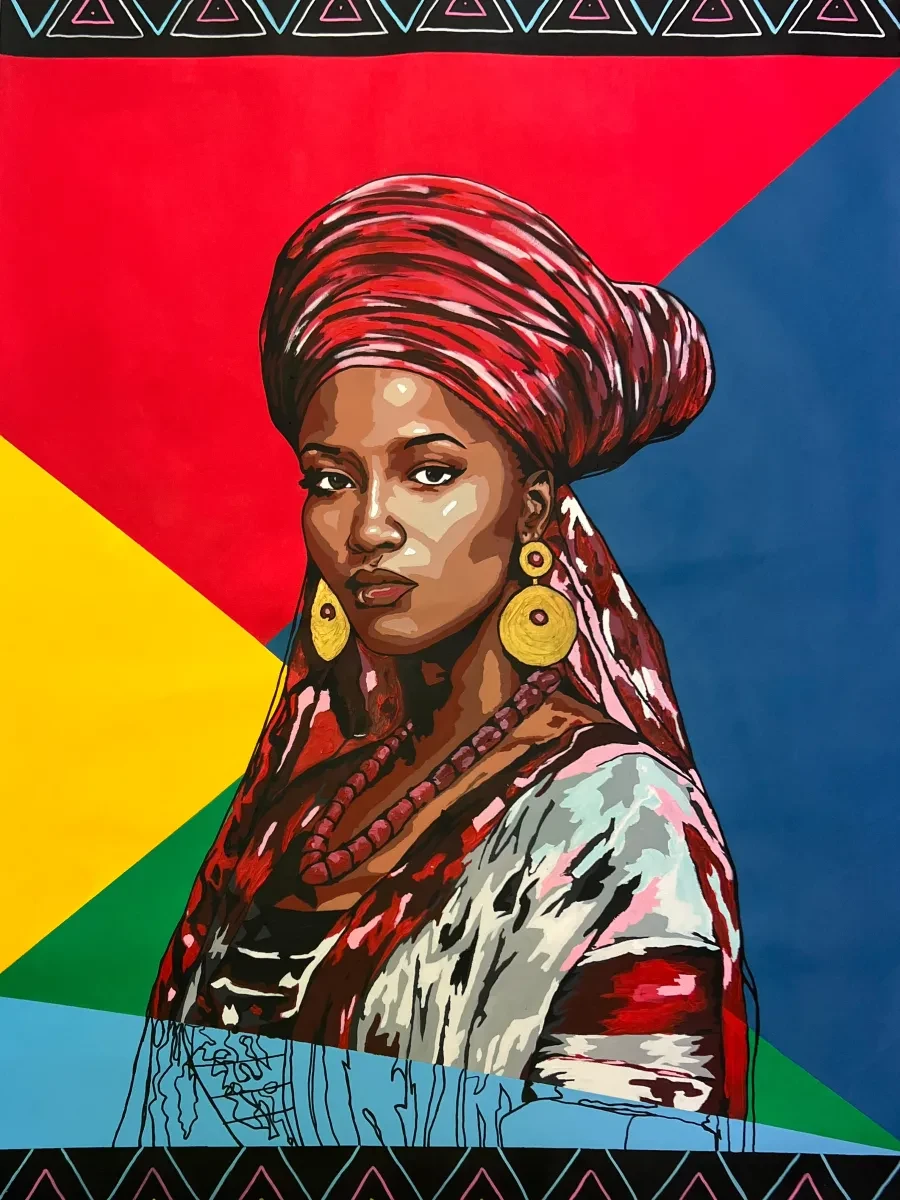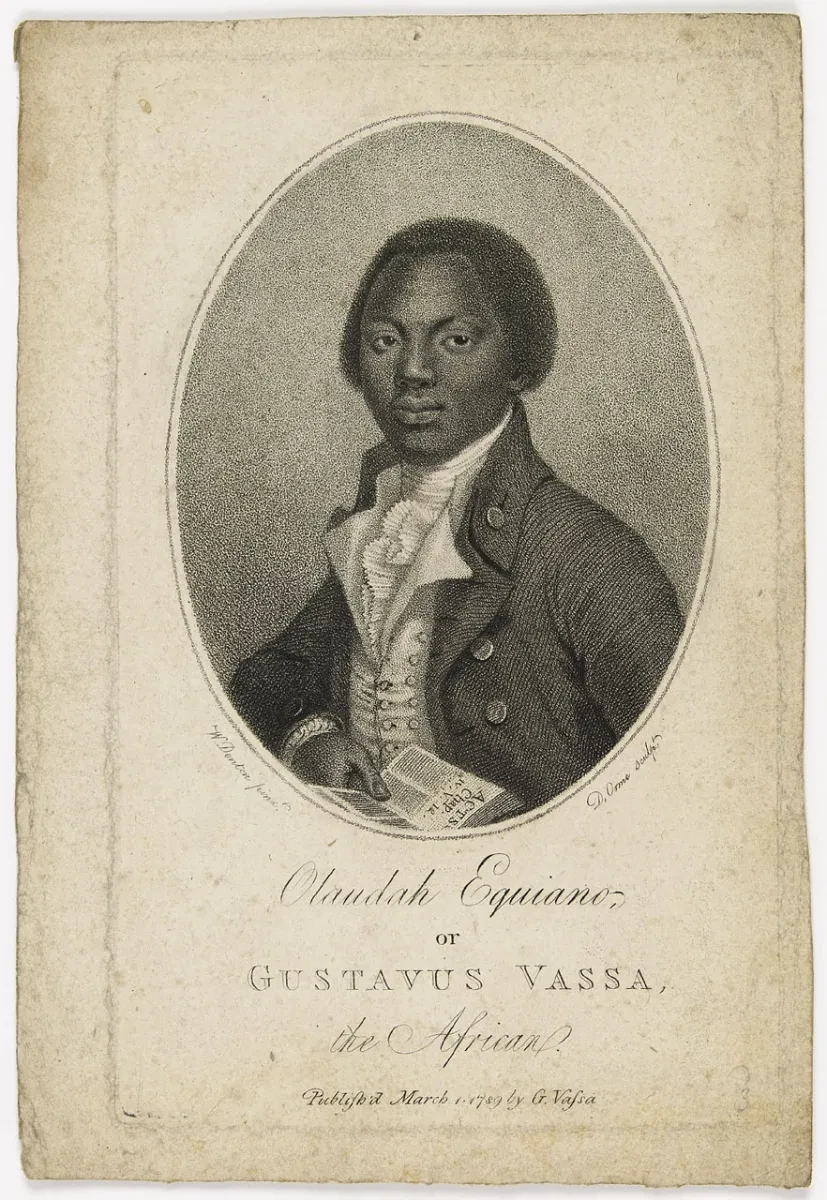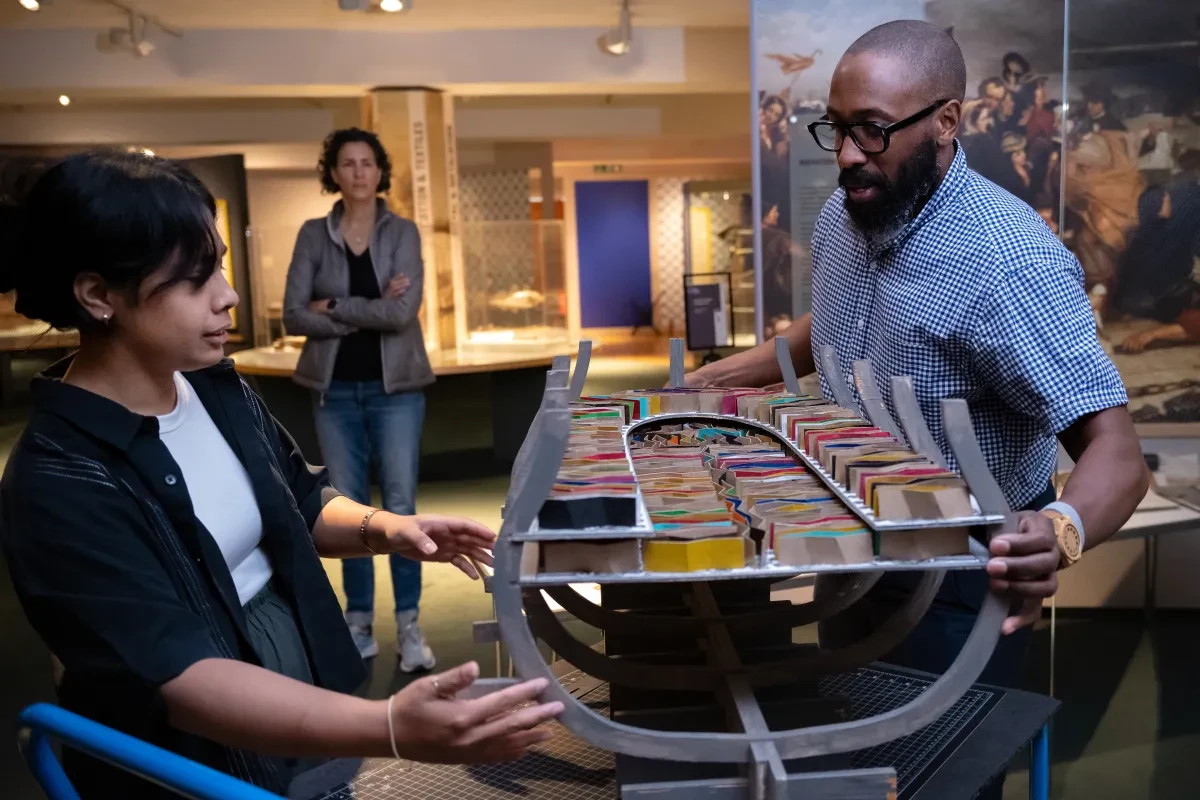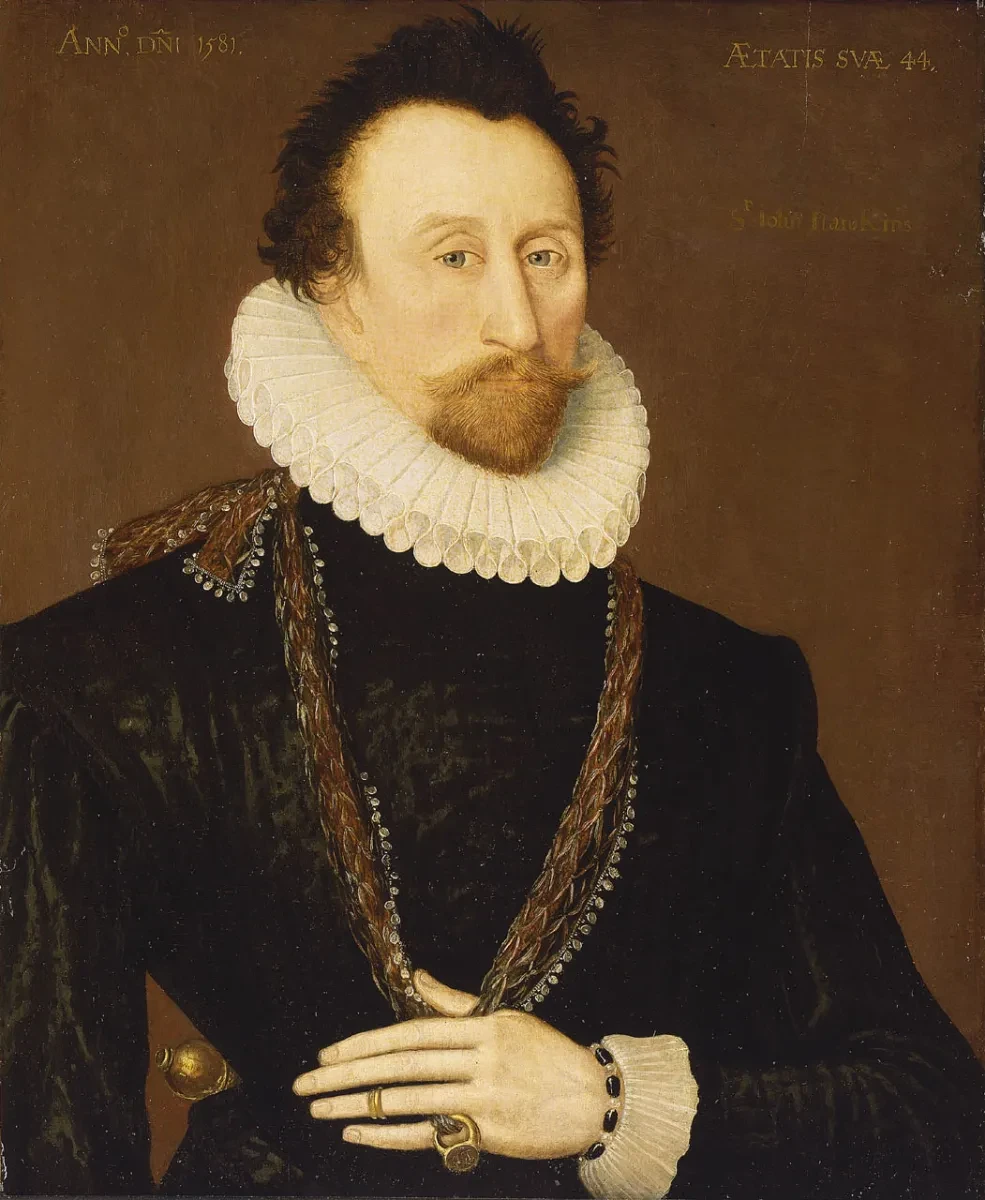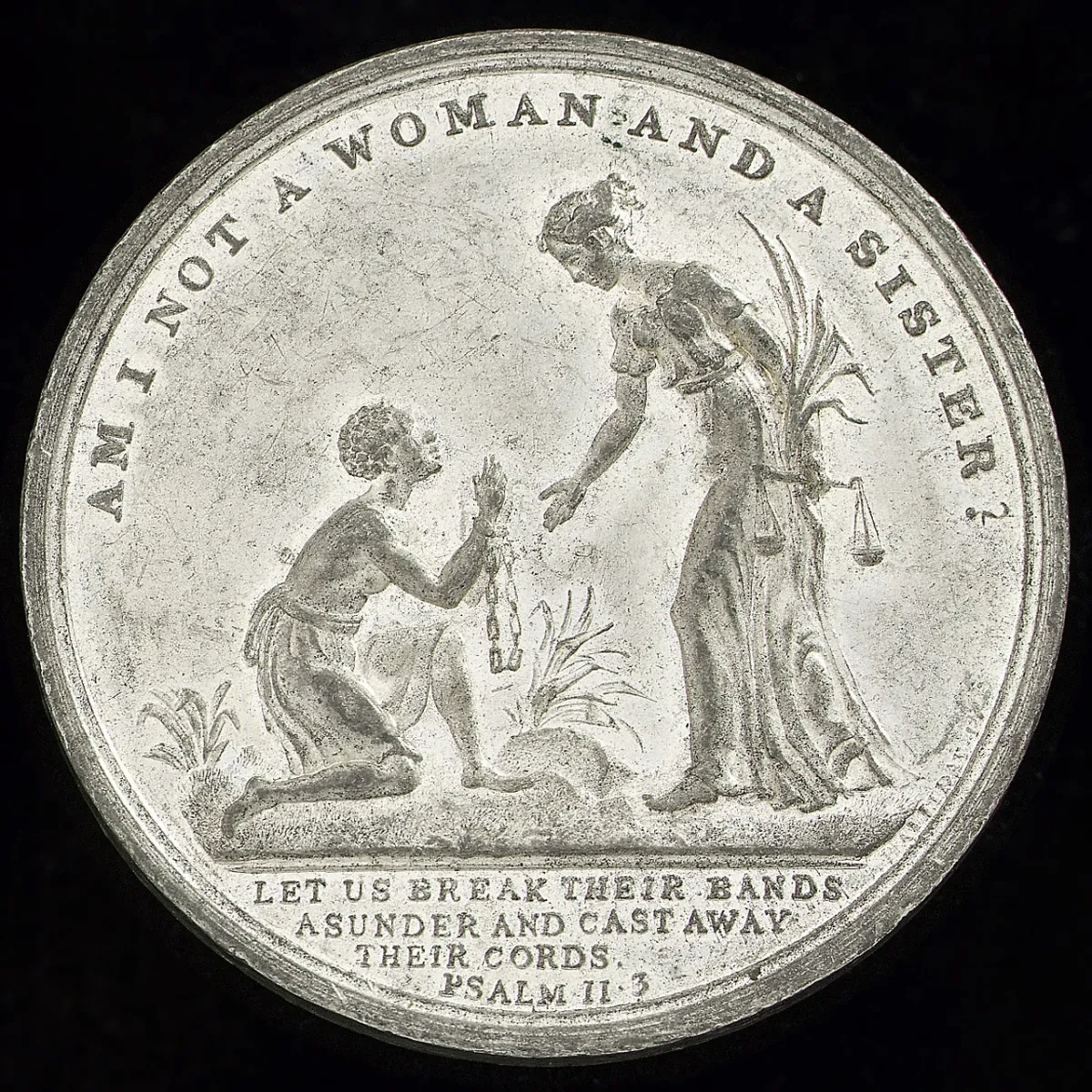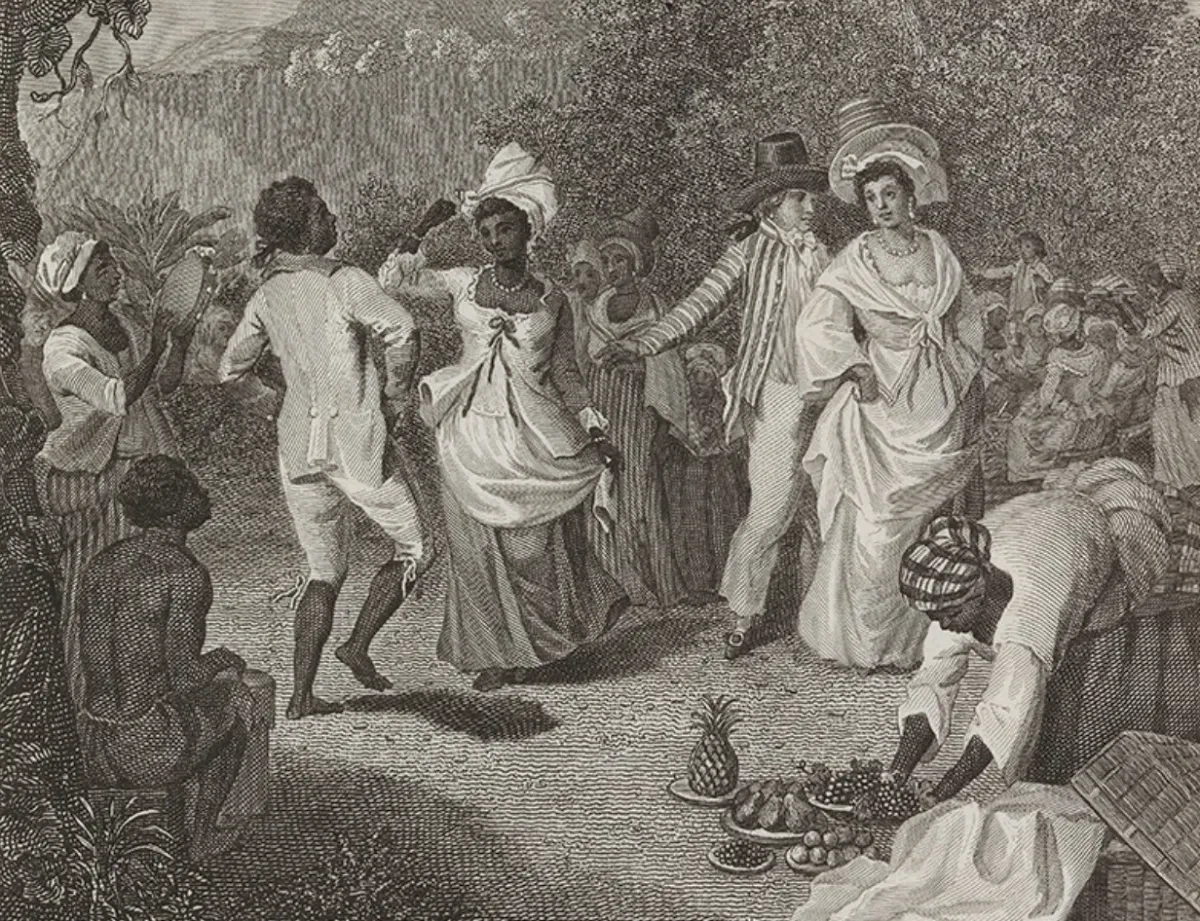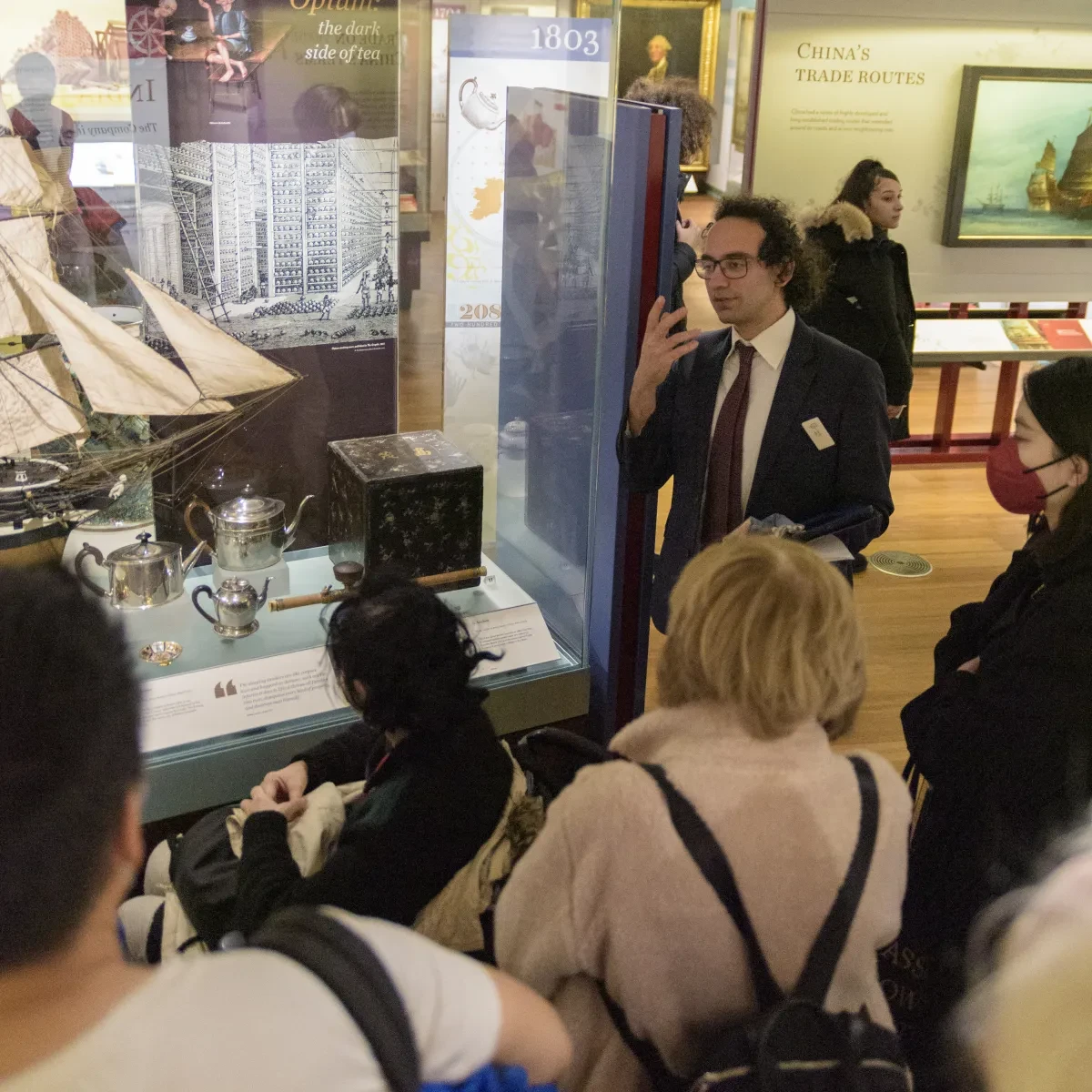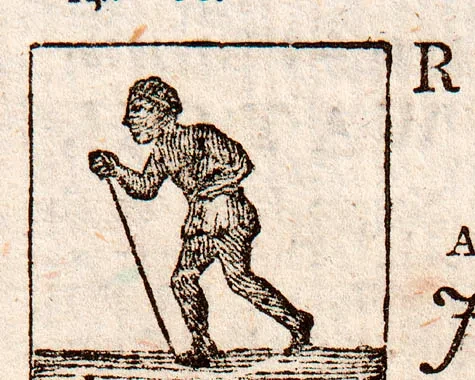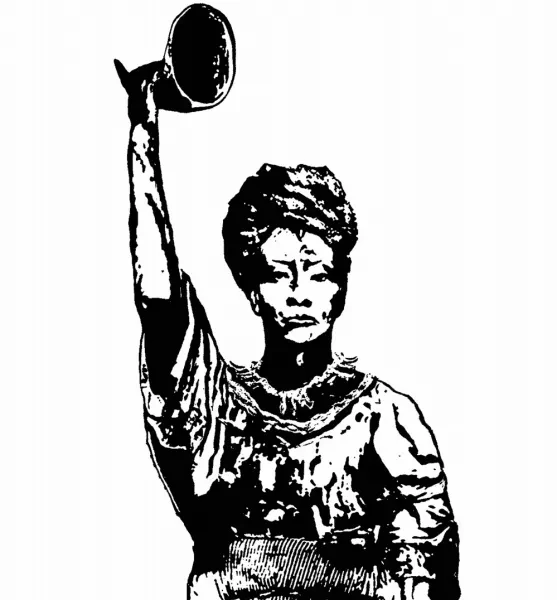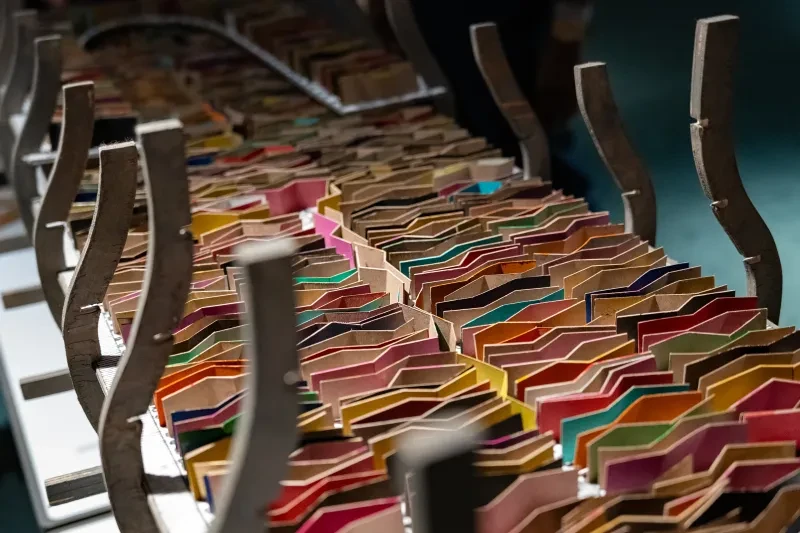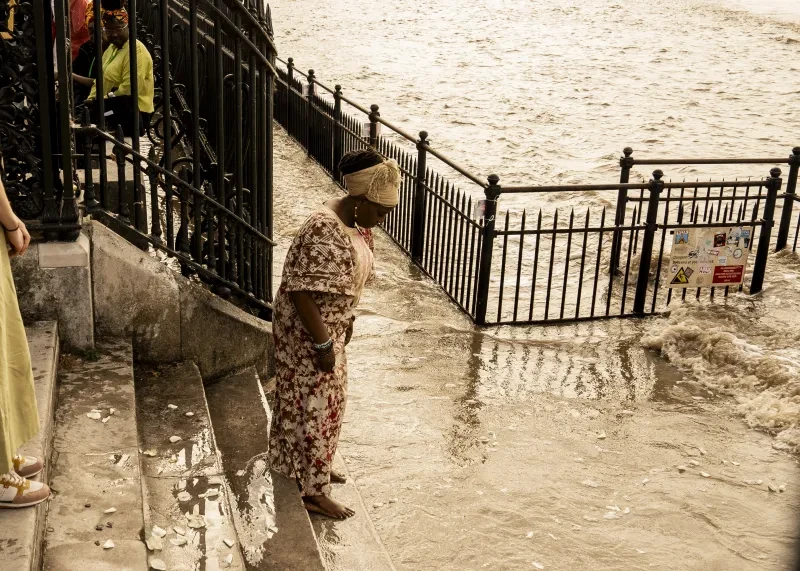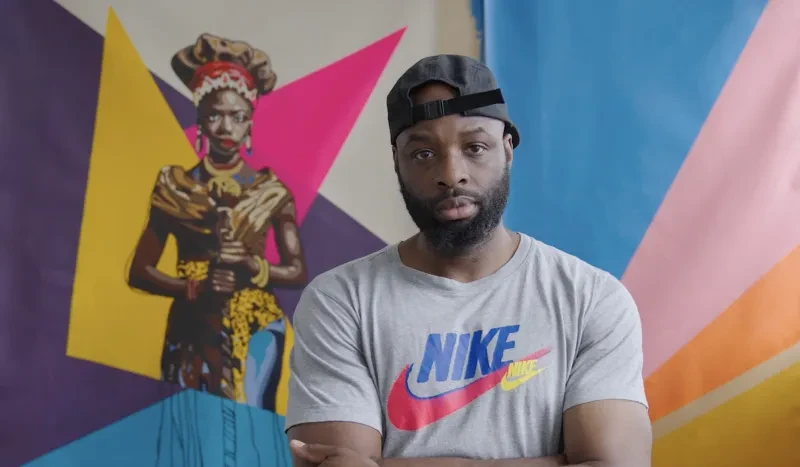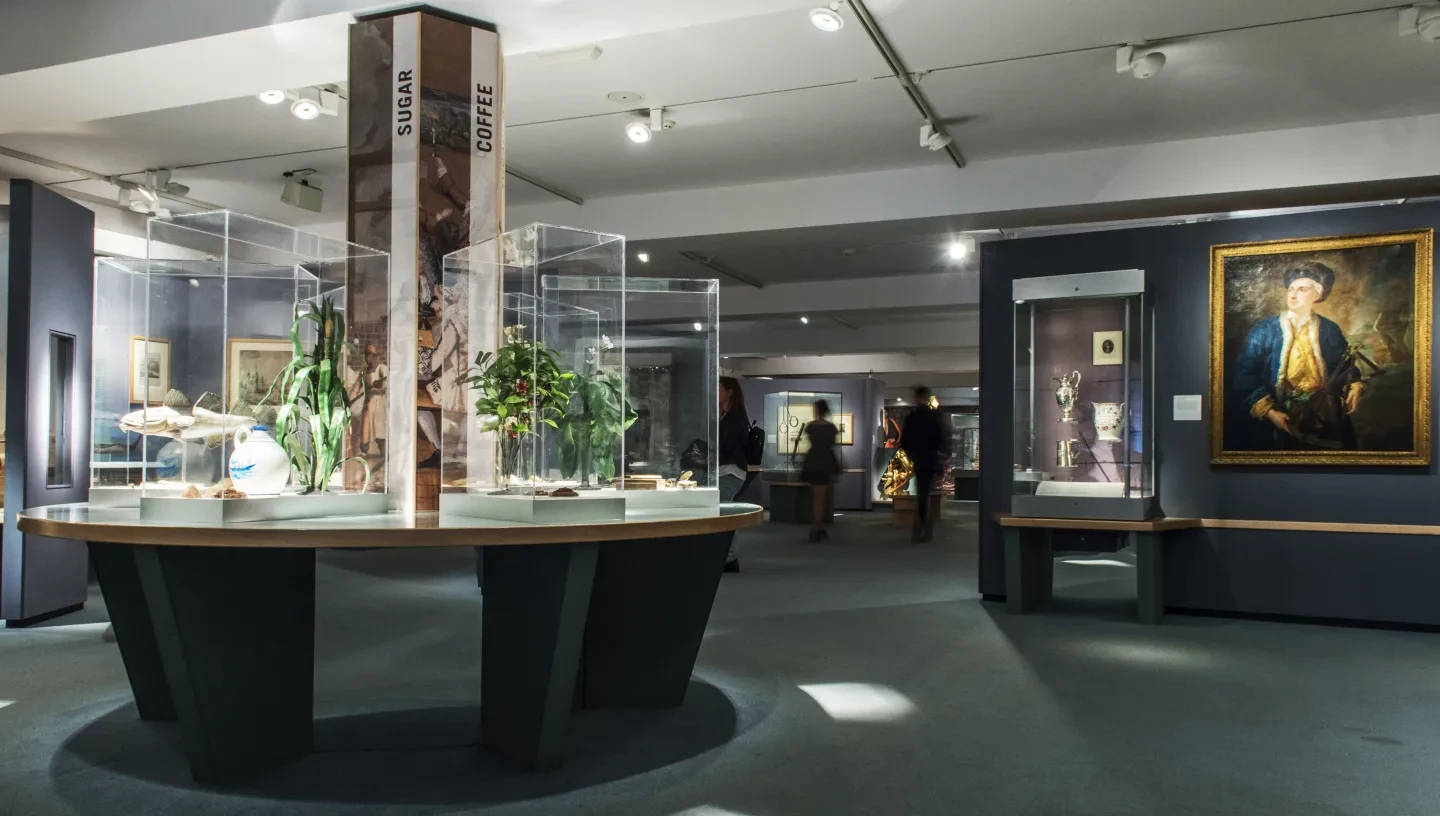
Essential Information
| Location | |
|---|---|
| Price | Free |
The influence of the Atlantic Ocean reaches far beyond its shores.
Since the late 1400s, it has transported people, ideas, languages, cultures and goods that have shaped the world as we know it today.
The Atlantic Worlds gallery at the National Maritime Museum tells of the unequal, sometimes brutal histories involved, and the making or unmaking of its many connected worlds.
Content warning: while this gallery includes stories of resistance and joy, some areas feature depictions of violence and trauma.
Inside the gallery: history of the transatlantic slave trade
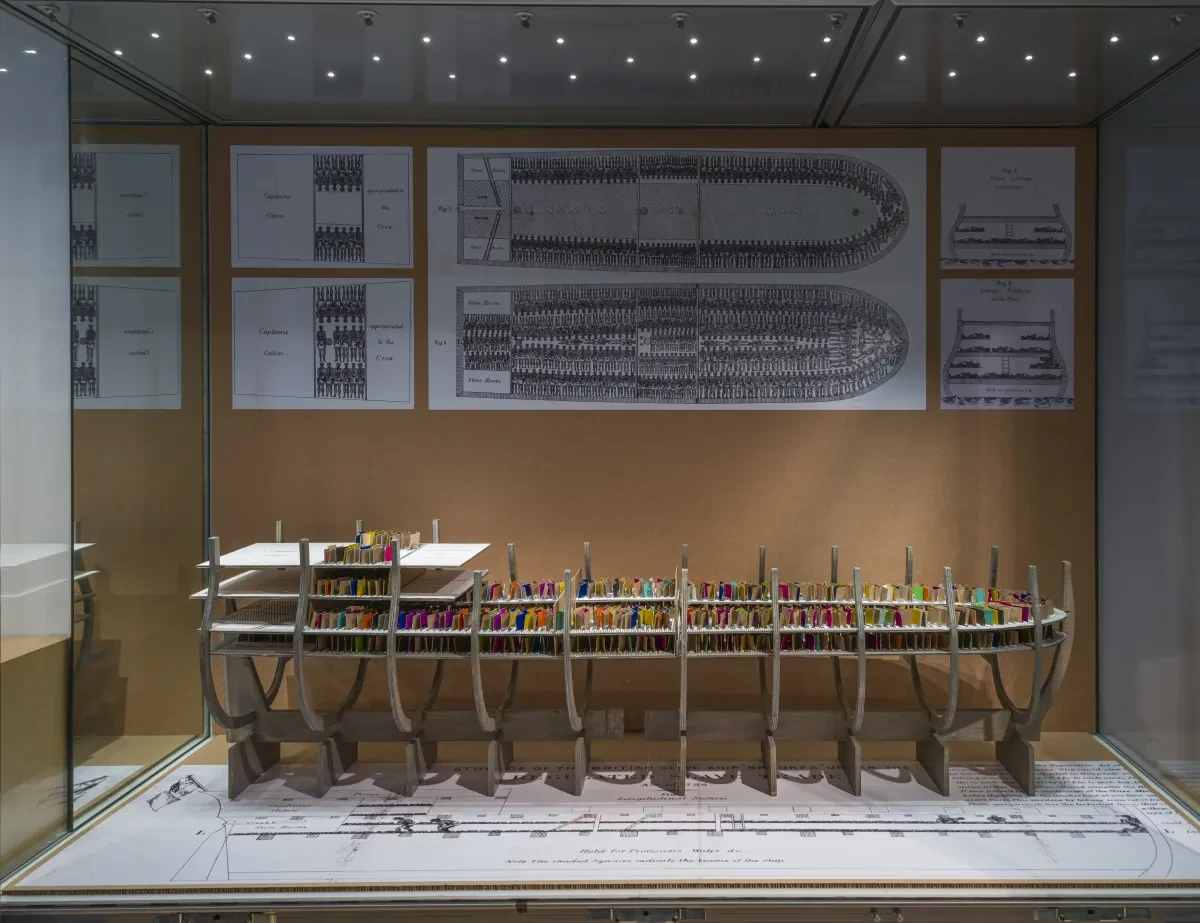
From the start of the 1600s, Britain violently seized and defended lands in the Americas. To exploit much of this territory, a ‘triangular trade’ developed.
By the mid-1600s British ships were sailing directly to West Africa to exchange goods for captured Africans. These captive people were then forcibly transported across the Atlantic and sold as an enslaved workforce. British slave traders were among those who purchased products made by enslaved people – including sugar, tobacco and cotton – to sell in Britain, making huge profits.
During Britain’s involvement in transatlantic enslavement its ships transported 3.4 million African people to the Americas. This inhumanity created its own profitable industry including shipbuilding, ship insurance and the making of weapons and restraints.
Throughout this period, British ports thrived, its population grew, and its empire expanded. It became one of Europe’s most powerful countries, and the huge wealth generated by slavery is still visible to this day.
Resistance and rebellion
Enslaved Africans resisted from the moment they were captured. Their resistance took place on ships and plantations, despite the risk of violent punishment or death.
Enslaved people fought not only for freedom, but also to retain their culture, including language, music, names and spiritual beliefs. They found many ways to fight back, from small subversive acts such as damaging crops, breaking tools or faking illness – to large-scale rebellions.
Some enslaved people bought their freedom using money they made selling provisions they grew. Others ran away, sometimes using false documents and identities. Some people who escaped, known as the Maroons, formed self-sufficient communities that they fought to the death to defend.
Uprisings were common across the Caribbean. Captive people set fire to plantations or armed themselves in attempts to overthrow their oppressors. The continued resistance against a cruel and violent system helped enslaved people to bring about the end of European colonial slavery.
Visiting the gallery
Where is the gallery?
Atlantic Worlds is a permanent gallery at the National Maritime Museum in Greenwich, located on the first floor. Entry to the Museum is free: book tickets online in advance to guarantee entry and receive updates before you visit.
Tours and audio guides
'Freedom Fighters' is a dedicated audio guide to the Atlantic Worlds gallery created by historian Stella Dadzie. Listen using your phone here.
The tour highlights the lives of enslaved women who fought for freedom, Nanny of the Maroons, who led an uprising of formerly enslaved Africans against the British, Mary Prince, the only enslaved West Indian woman to leave an account of her life, and Sanite Bélair, known as the ‘Tigress of Haiti'.
You can find the full range of audio guides available at the National Maritime Museum here, or find out more about objects on display by ordering a special Treasures audio tour.
Accessibility
The gallery is wheelchair accessible, with lifts available to take visitors to the first floor and wide aisles within the gallery.
BSL is included as part of the National Maritime Museum audio guide. Large print guides are also available.
For more information about accessibility at the National Maritime Museum, click here.
Gallery closures
Occasionally some gallery closures may affect your visit to the National Maritime Museum. Find details of upcoming closures here.
Make the most of your visit
Find more free galleries and attractions at the National Maritime Museum.
Tickets and Opening
Free entry
10am-5pm daily
- Greenwich Station
- Maze Hill Station
- Greenwich Pier
Atlantic Worlds Reimagined
The National Maritime Museum is working with an Atlantic Worlds Advisory Board to redevelop the gallery.
The advisory board includes people with a broad range of expertise relating to history, art, psychology, museum studies and education. Members of the Board have designed interventions for the Atlantic Worlds gallery.
These tell the wide-reaching and brutal story of enslavement, as well as highlighting and celebrating the lives of African people before, during and after the time of transatlantic slavery.
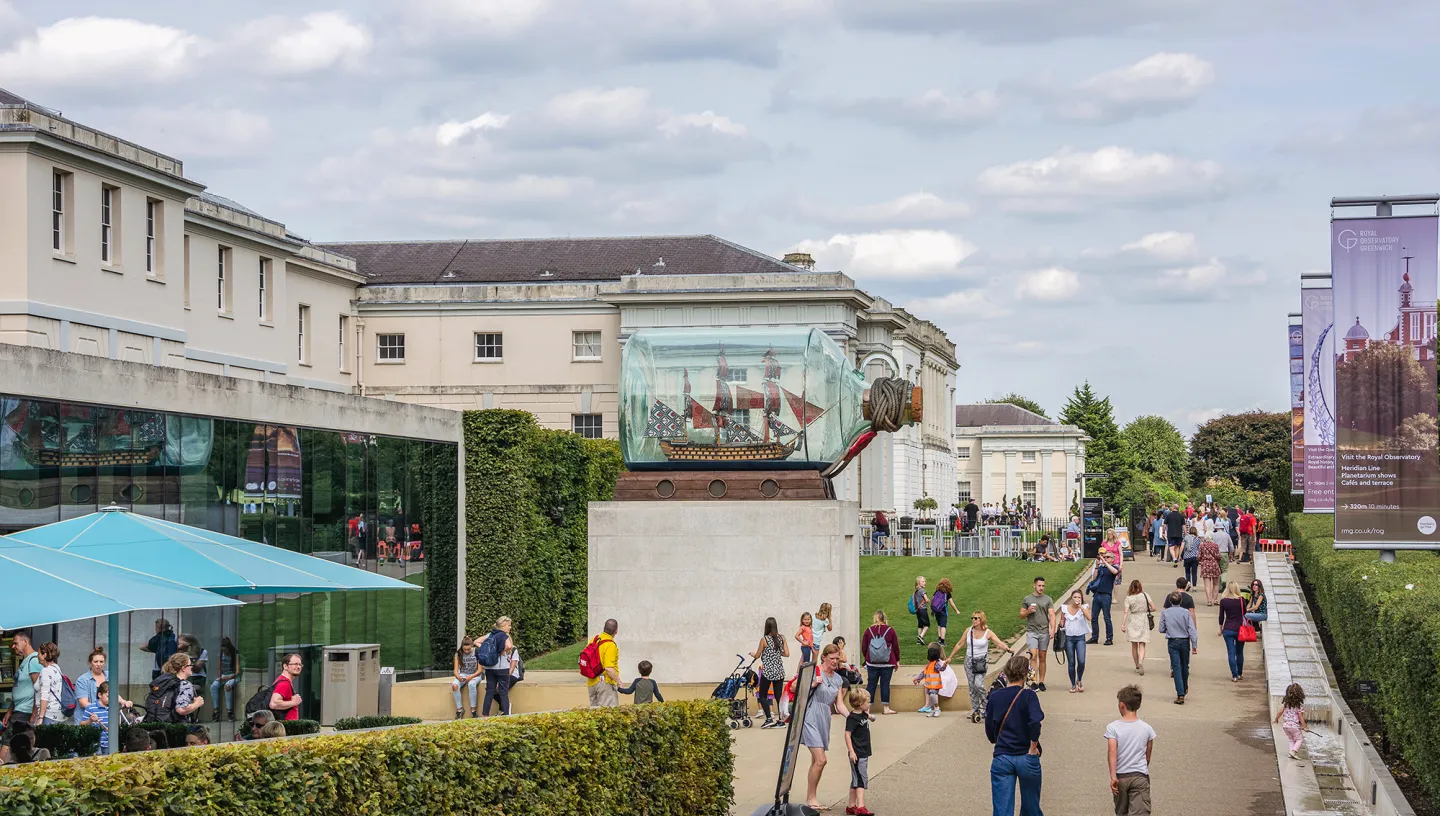
Visit the National Maritime Museum
Our partners
The Atlantic Worlds Reimagined project has been developed with Art Fund support

